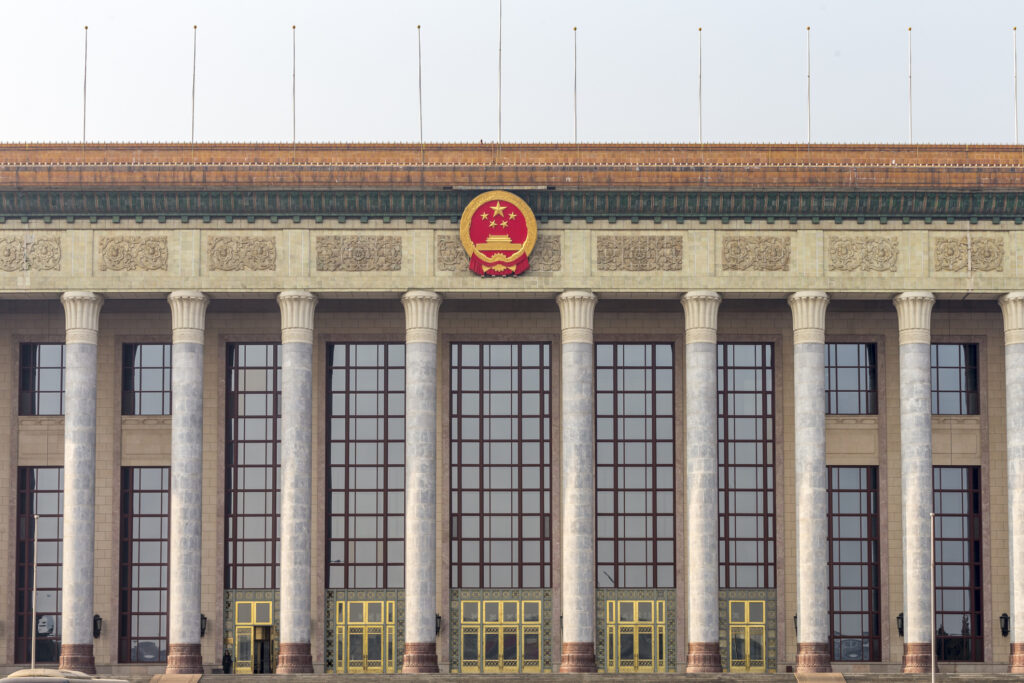
China’s investment in research and development targets technology with the intent of usurping America’s leadership. The United States needs to get to work.
China launched its annual session of parliament Friday by unveiling the 14th iteration of its five-year plan. Amid escalating tension with the United States, the plan prioritizes establishing China’s self-sufficiency and its global supremacy in technology.
The national development plan projects increasing spending on research and development by more than 7% annually, prioritizing seven “frontier technologies,” including semiconductors, shortages of which in the U.S. have caused numerous auto plant shutdowns.
China’s ability to expand its semiconductor manufacturing could substantially undercut America’s manufacturing industry, particularly as electric vehicles become increasingly significant in the sector.
Meanwhile, in recent days, key figures in the Biden administration have indicated that the U.S. is preparing to counter the Chinese regime’s pretentions.
During her confirmation hearings, U.S. Trade Representative Katherine Tai committed to take on China’s unfair trade practices as part of a “worker-centric trade policy,” though without identifying how exactly she will accomplish this.
Additionally, the State Department has made it clear that it has identified China as America’s greatest challenge on multiple fronts.
“China is the only country with the economic, diplomatic, military and technological power to seriously challenge the stable and open international system — all the rules, values and relationships that make the world work the way we want it to,” said Secretary of State Antony Blinken in a March 3 address that echoed many of the sentiments shared by President Biden’s nominee for CIA director, William Burns, in his confirmation hearing earlier that day.
But America’s response to China cannot be solely based in trade negotiations and diplomacy.
As veteran trade negotiator and presidential adviser Clyde Prestowitz argued in a recent episode of The Manufacturing Report, the U.S. must also seriously invest in domestic manufacturing. Otherwise, our nation risks seeing the manufacturing industry permanently hollowed out by offshoring, a fate that would critically undermine the U.S. economy and national security.
If we turn our attention to the state of U.S. manufacturing right now, we see signs that the sector is recovering from the huge losses seen at the start of the pandemic, but that improvement is fragile.
A jobs report released by the Bureau of Labor Statistics on March 5 showed a gain of 21,000 new factory jobs in February, but 561,000 valuable manufacturing jobs have still not been recovered since February 2020.
As Alliance for American Manufacturing President Scott Paul said:
“It’s good to see factory job growth resume after January’s slump, but the pace must pick up. At this rate, recovering all the manufacturing jobs lost during the pandemic will take more than two years.
“That’s why it is so important for Congress and the Biden administration to speedily complete the short-term COVID-19 rescue package, and then shift to work on a sustained, robust public investment in infrastructure, clean energy, and innovation.
“One thing to point out here: January goods imports were the highest on record. Made in America procurement efforts and the rebuilding of domestic supply chains couldn’t come at a better time.”
The Biden administration has a host of initiatives it can implement to ensure that America’s manufacturers remain competitive despite China’s aims to dominate the global market, but time is of the essence. Let’s get to work.

